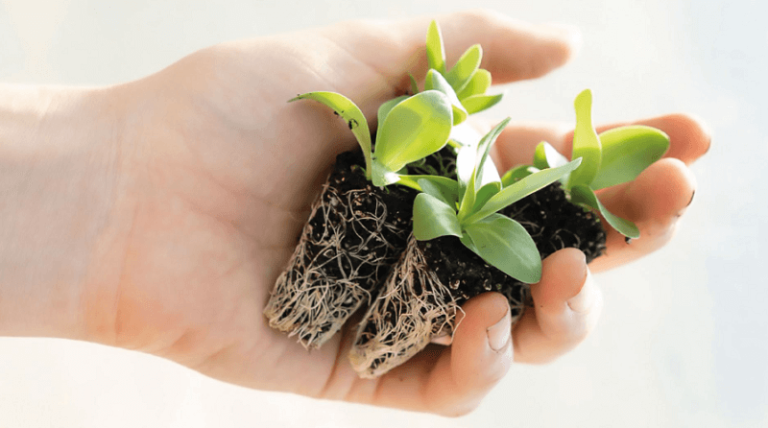Since the very beginning of reproductive medicine, our laboratory has focused its efforts on obtaining the most viable embryo with the aim of achieving the pregnancy and birth of a healthy newborn.
Embryo transfer is the final stage of every in vitro fertilisation (IVF), and one of the most important moments in the process. It consists of the implantation – guided by ultrasound – of the embryo or embryos inside the mother’s uterus.
A correct assessment of embryo quality is decisive in achieving success in an IVF programme. One of the most common doubts is whether to prolong the culture of the embryo or not until it reaches the blastocyst stage (Day 5 of the embryo culture). Knowing what happens in the laboratory is helpful in trying to find the answer to this question.
Embryo development in the laboratory
The starting point (Day 0) is the ovarian puncture,
which consists of retrieving the oocytes using follicular aspiration. Subsequently, these oocytes will be fertilised using the relevant technique, either conventional in vitro fertilisation (IVF) or intracytoplasmic sperm micro-injection (ICSI). After about 16-18 hours, it’s time to see whether fertilisation has taken place (Day 1) and whether we are therefore in stage one of the embryo: the zygote.
On Day 2 of the embryo culture (at 43-45 hours) the embryo should have four cells and, on Day 3 (at 67-69 hours), eight. Besides the number of cells, we also assess morphological and kinetic aspects of the embryo: symmetry, fragmentation, vacuoles and cell division time. In addition, from Day 3 of culture, the embryo activates its genome and begins to express it. Next, the embryo will accelerate its division and form a mass called “morula” (Day 4), which is the pre-blastocyst stage.
If the embryo successfully reaches Day 5 of development, it will have some 200 cells and form a structure called “blastocyst”. Blastocysts are composed mainly of two parts: the trophoblast (which are the cells that will form the future placenta) and the inner cell mass, which comprises the group of cells that will create the baby.
This embryo development is meticulously studied by our team of embryologists. This makes it possible to assess the quality of the embryos and to select the embryo with the greatest likelihood of implantation and evolutionary potential.
Who decides on the transfer day?
The time when transfer is to be done is one of the most important decisions in the process, so it’s always made as a team. The strategy is coordinated by the medical staff together with the embryologists, who evaluate the patient’s history thoroughly.
The specialists assess each case based on some parameters, such as:
- Number of embryos retrieved in the cycle
- Embryo quality, subject to the quality of the oocyte and the sperm
- Complementary techniques, such as the donation of oocytes or preimplantation genetic testing (PGT-A)
- Patient age
- Previous IVF cycles
- Associated pathologies
- Condition of the endometrium
This decision involves many factors and enormous responsibility. Consequently, every cycle is completely individualised and is backed by the experience and knowledge of our team of professionals.
The transfer: Day 3 or Day 5 of embryo culture?
In general, embryo transfer usually takes place on Day 3 or Day 5 of development. However, it is true that in some cases – with justified cause – a decision is made to transfer on other, less frequent days, such as Day 4, Day 6 and even Day 7 of culture.
When the number of embryos retrieved is lower (≤3), it’s advisable to transfer on Day 3, because there is no need to select from a large number of embryos, and the uterus will always be the best “incubator” there is. In these cases, there is a good chance for favourable evolution. If the culture continues, there is a risk of cancellation, because it is difficult for all the embryos to develop properly and reach the blastocyst stage. Even so, the more time the embryos are left in culture, the more morphological parameters have to be analysed, more information will be collected and, therefore, it will easier to select the embryo with the greatest implantation potential.
This is why – when there is a larger number of embryos – it would be advisable to do the transfer on Day 5 of culture. At this stage, embryologists have more information for assessing their quality. Therefore, transfer on Day 5 makes it possible to select an embryo with the greatest implantation potential, as well as better synchronisation between the endometrium and the embryo.
Assess each case
Each case is different, just as are the results of each in vitro fertilisation cycle. Therefore, it’s essential to consider each patient’s particular circumstances and, together with the team of professionals at our fertility centres, decide which day is best to do the embryo transfer. This way, the decision will always be backed by the medical staff, assessing each clinical history, and monitoring the results of the observation of the embryos, the assessment of the number retrieved and their development with embryologists.





